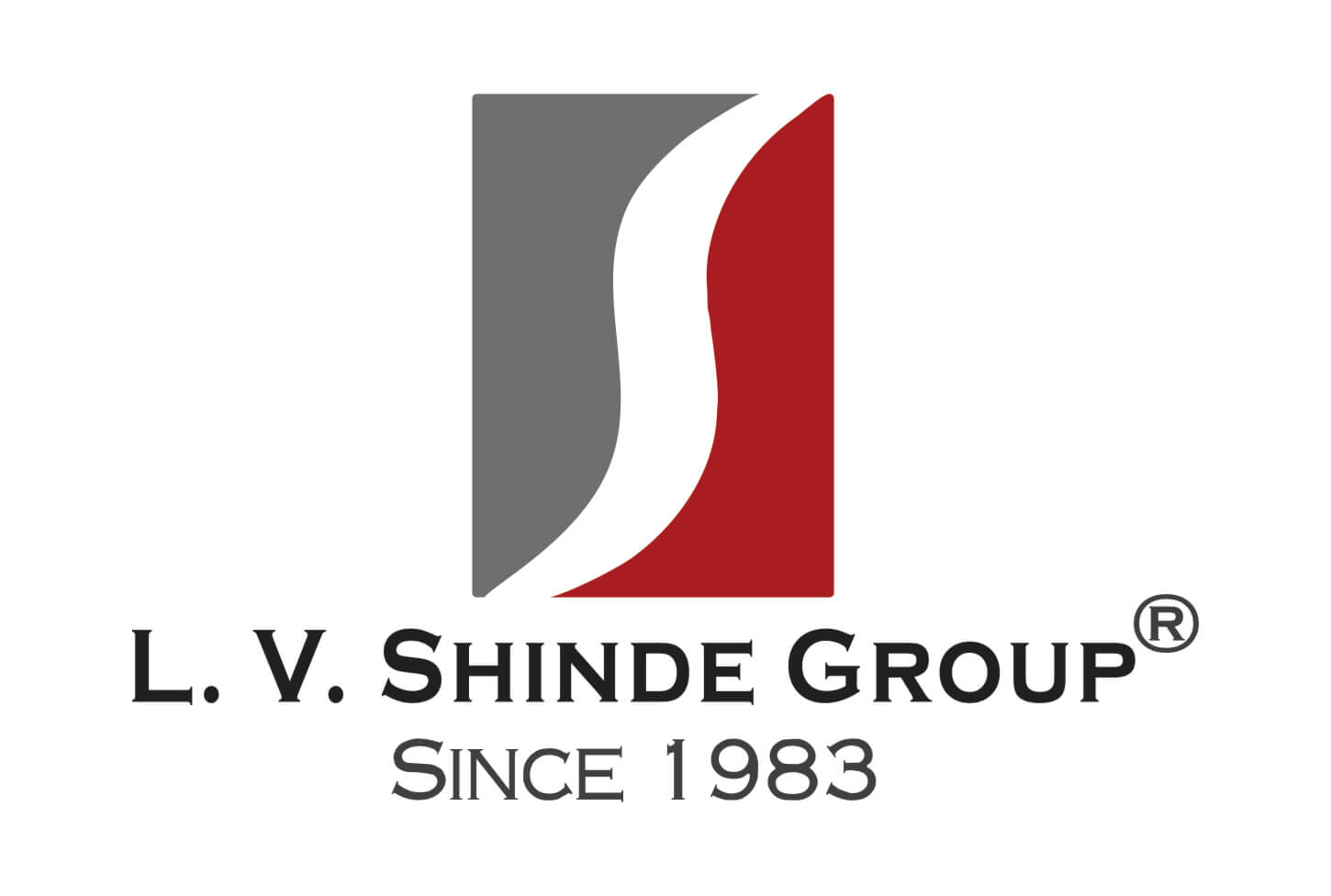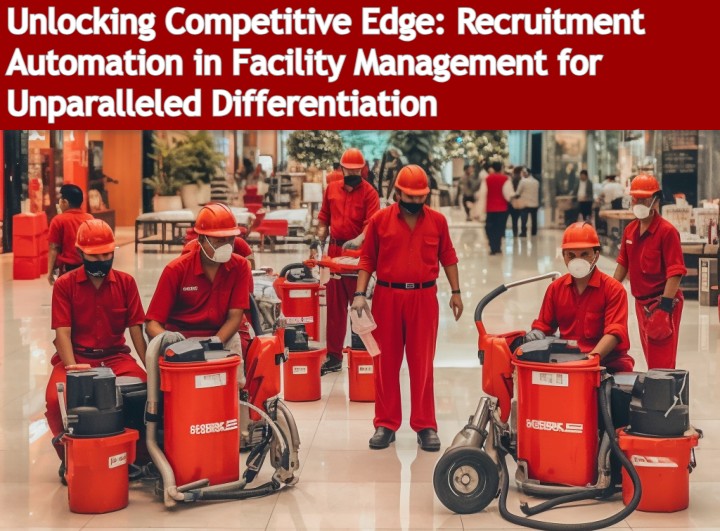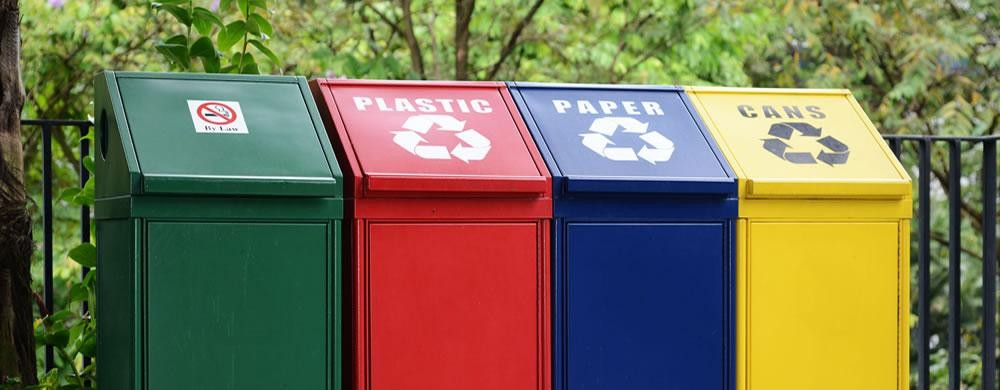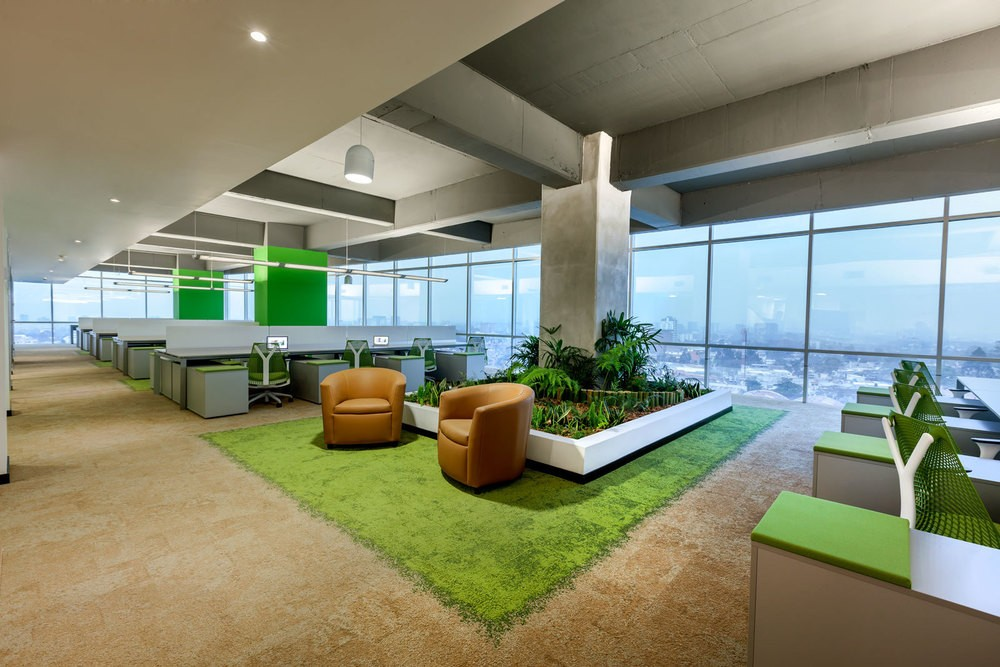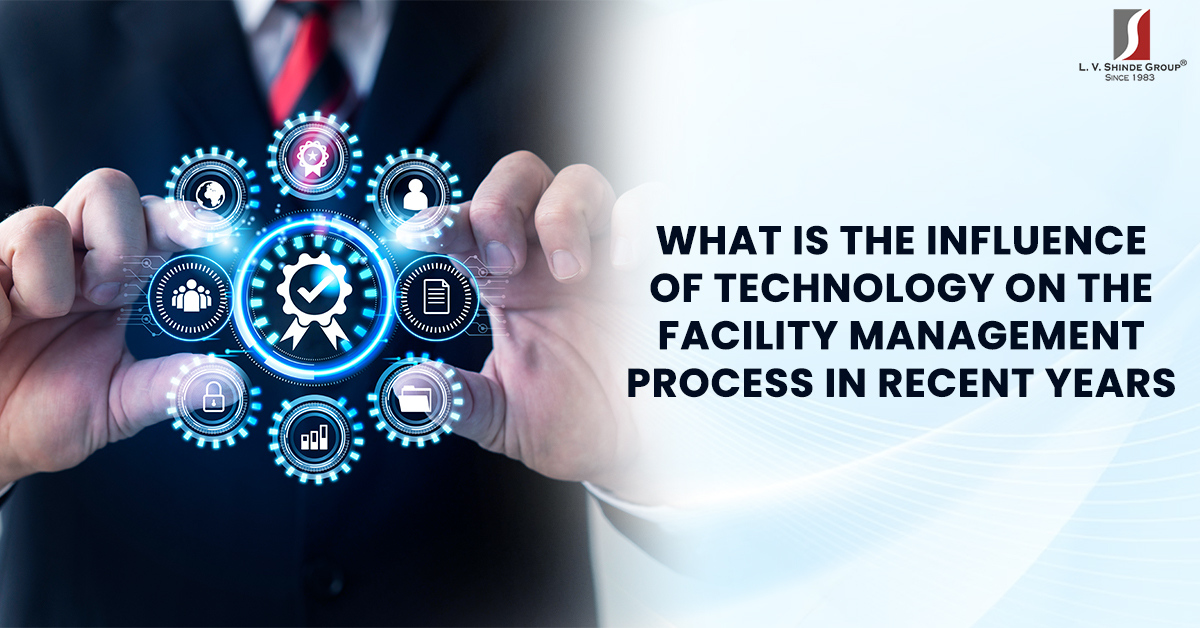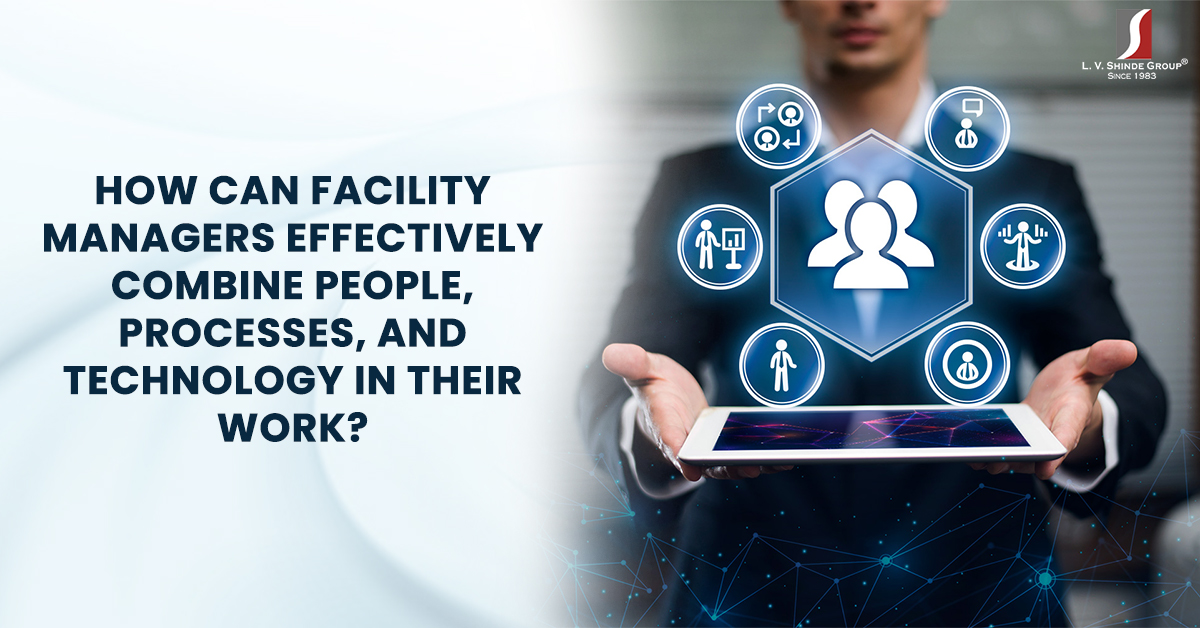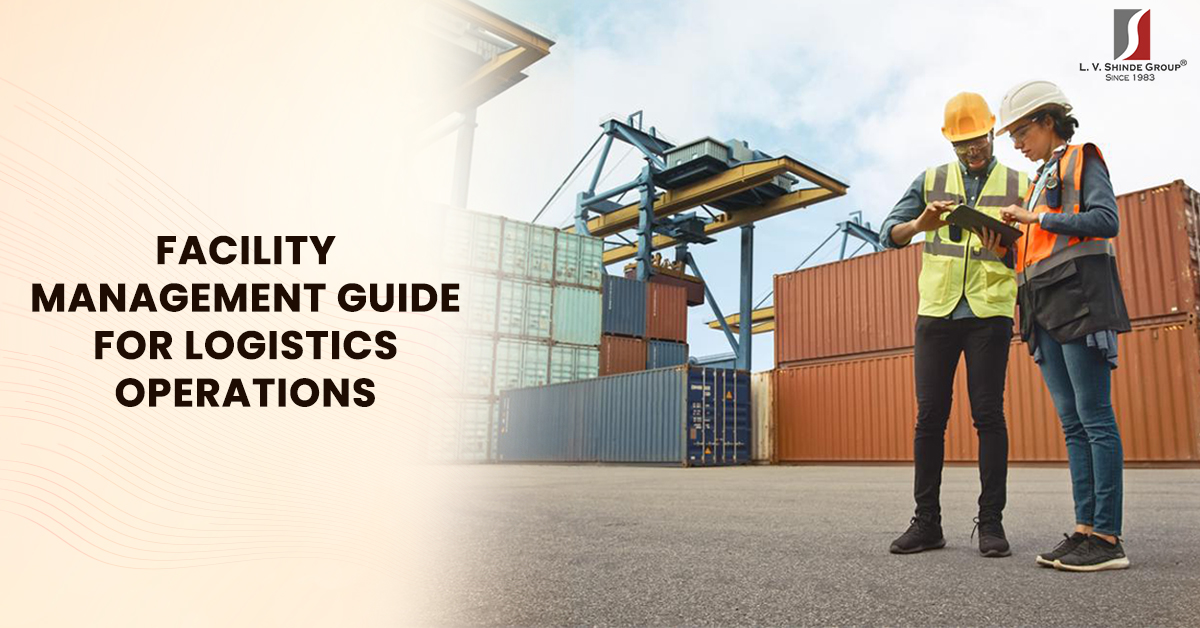Unlocking Competitive Edge: Recruitment Automation in Facility Management for Unparalleled Differentiation
I have had the privilege to interact with Surya Banerjee, Country Head at Supreme Facility Management Pvt Ltd, over the last one year of our journey here at Hunar.AI. Recently, we sat down over a cup of coffee at his Pune office to delve into the evolving landscape of the #facilitymanagement industry in India and the pivotal role of technology, particularly in recruitment. In this blog, I aim to capture our conversation and share the valuable insights shared by Surya Banerjee
Krishna Khandelwal: Hi Surya, thank you for taking the time to speak with me today. I’m really interested to learn more about the facility management industry in India and how technology is playing a role in its continuous evolution.
Surya Banerjee: It’s my pleasure, Krishna Khandelwal. I’m excited to share my insights with you.
Krishna Khandelwal: Can you provide a quick description of Supreme Facility Management Pvt Ltd and its role in the industry?
Surya Banerjee: Sure Krishna. Supreme Facility Management Pvt Ltd is a leading player in delivering world-class workplace experience, comprehensive facilities management, corporate real estate services, and agile project solutions. With a rich legacy of over 38 years, we have set the bar high in the industry. Our focus is on delivering digitally advanced and environmentally sustainable hard/soft/IFM service delivery and supply chain solutions. Our extensive expertise spans multiple sectors, including automotive, engineering, e-commerce, and IT, enabling us to serve clients across 200 sites with utmost dedication.

Roles in Facility Management Industry
Krishna Khandelwal Thank you. Working closely with your team at Supreme Facility Management over the last one year has given me valuable insights into the remarkable strides you have made. Your visionary initiatives are poised to establish Supreme as a leading player in India’s integrated facilities management (IFM) sector. Could you shed light on the significant changes that have shaped the facility management industry in India over the past ten years?
Surya Banerjee: Over the past decade, the facility management industry in India has witnessed significant growth and transformation. One notable aspect is the exponential growth in the number of facility management companies. Recent statistics indicate that the sector has experienced nearly a threefold increase in the number of companies compared to 10 years ago. This surge is a testament to the rising demand for expert facility management services across various industries.
Krishna Khandelwal: As the industry has evolved, what are the top challenges that facility management companies face today?
Surya Banerjee In today’s dynamic business landscape, facility management companies face several challenges. As the industry continues to grow, the complexities and obstacles associated with it also increase.
- Changing Business Models: With evolving client expectations, facility management companies need to adapt their business models to offer innovative and customised solutions. Staying ahead of the curve requires constant innovation and the ability to align services with the specific needs of clients.
- Visibility & Transparency : Clients expect you to give real time insight in your process, analyse trends as basis for process improvements and transparency towards your customers.
- Operational Grip :Clients expect better grip on operations with improved Efficiency in Operations, better financials concerning the FM Process and superior quality and OTIF deployment of Personnel
- Operational Intensity:Managing extensive operations across India can be operationally challenging. Achieving consistent service delivery, upholding quality standards, and meeting client expectations require meticulous planning and execution. Facility management companies must optimise their operational processes to ensure efficiency and effectiveness.
- Skilled Talent Shortage:Despite India being a labour surplus country, the facility management industry in India is facing a growing shortage of skilled talent. The mismatch between required skills and available talent poses a significant challenge. Attracting, acquiring, and retaining skilled professionals have become crucial to meet the industry’s demands. Additionally, amidst these challenges, achieving lower turnaround time (TAT) is becoming increasingly challenging.
- Differentiation in a Cottage Industry:Facility management services in India are still perceived as a cottage industry. Companies need to create differentiated offerings to stand out amidst the competition and gain a competitive edge. Establishing a strong brand identity and highlighting unique value propositions are crucial for gaining a competitive edge and achieving success.
Krishna Khandelwal: Thank you for shedding light on these challenges. Considering the industry’s growth potential and the obstacles you’ve highlighted, it’s evident that technology can play a crucial role in effectively addressing these industry challenges.
Surya Banerjee: Absolutely, Krishna. Technology has the potential to be a game-changer for the facility management industry. It offers solutions that can address various challenges and create new opportunities. We see several areas where technology can make a significant impact, these include :
- Moving from Schedule-based to Need-based Facility Management:Technology enables facility management companies to shift from traditional schedule-based operations to need-based approaches. By leveraging real-time data and insights, companies can optimise resource allocation and provide services exactly when and where they are needed, increasing operational efficiency and client satisfaction. This transition marks a significant advancement in the industry, driven by technology’s ability to facilitate smarter and more responsive facility management practices.
Workflow Automation and Smart Tools: The integration of workflow automation and smart tools holds immense potential for enhancing operational efficiency in the facility management industry. By automating repetitive tasks and harnessing intelligent tools, companies can streamline processes, reduce errors, and achieve cost savings. This enables employees to allocate more time and energy towards value-added activities, resulting in improved service delivery and heightened customer satisfaction. The strategic adoption of these technologies is revolutionising the way facility management operations are conducted, driving industry-wide efficiency gains.
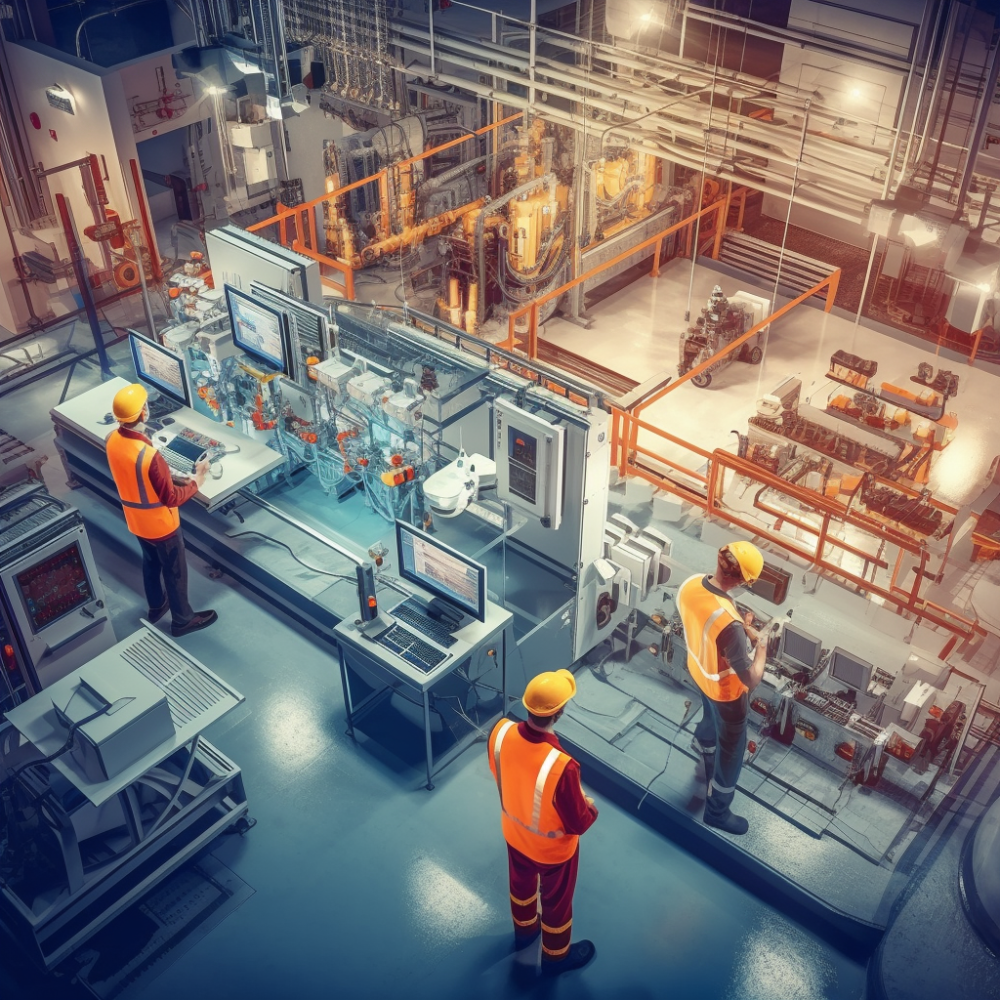
- Data Analytics and AI-driven Insights:The facility management industry generates vast amounts of data, presenting a unique opportunity for leveraging data analytics and artificial intelligence (AI). By harnessing these technologies, companies can gain valuable insights that fuel proactive decision-making. Predictive maintenance based on AI algorithms can identify and address potential issues before they escalate, ensuring the uninterrupted functioning of facilities. Through predictive maintenance powered by AI algorithms, potential issues can be identified and resolved proactively, ensuring uninterrupted facility operations. Additionally, data-driven resource allocation optimises costs and enhances service delivery, resulting in heightened client satisfaction.
- Internet of Things (IoT) Devices:IoT devices offer real-time monitoring capabilities that can revolutionise facility management.By deploying sensors and connected devices, companies can continuously monitor crucial parameters such as energy usage, temperature, and occupancy levels. This data empowers informed decision-making, proactive maintenance, and identification of areas for improvement. Leveraging IoT technology enhances operational efficiency and reduces downtime.
- Mobility Solutions: In facility management, the adoption of mobile technology empowers frontline workers with digital tools that boost productivity and connectivity. Through mobile applications, employees gain access to real-time information, work orders, and communication channels, enabling efficient task management, seamless collaboration, and swift response to client needs. This seamless mobility solution enhances workforce efficiency, streamlines operations, and drives unparalleled customer satisfaction
- Recruitment Technology: Technology can revolutionise the recruitment operations of facility management companies, addressing the challenge of skilled talent shortage. AI-powered platforms streamline talent acquisition by efficiently matching candidates’ skills with specific job requirements. These platforms analyse resumes, assess candidate potential, and automate initial screenings. By embracing recruitment technology, facility management companies improve the sourcing and selection process, attracting the right talent for their organisation. Text-based recruitment solutions enable quick candidate outreach, expanding the talent pool and network. With the speed and effectiveness of recruitment technology, facility management companies meet customer expectations for reduced turnaround time (TAT) while ensuring successful talent acquisition.

Recruitment Automation for Facility Management Industry
However, it’s important to note that While technology brings significant benefits to facility management, it is essential to demonstrate its return on investment (ROI) for companies. The cost of implementing technology solutions should be justified by the tangible advantages they offer, such as enhanced operational efficiency, improved service quality, and increased client satisfaction. Facility management companies must assess the potential impact of technology adoption to align it with their business goals. By optimising technology investments, companies can maximise value and drive positive outcomes.
Krishna Khandelwal: These advancements in technology are indeed intriguing and hold immense potential. Considering my interest in the recruitment aspect, I am eager to delve deeper into how recruitment technology can contribute to overcoming the challenges faced by the facility management industry.
Surya Banerjee: Absolutely. Recruitment technology is an area that has not been extensively explored in the Facility Management industry, which is highly blue-collar manpower intensive It’s crucial to view recruitment technology not just as a sourcing tool but also as a means to engage with candidates and facilitate the hiring process. Here is how we, at Supreme, are thinking about it :
- Sourcing: As job requirements in the Facility Management industry become increasingly complex, sourcing the right talent has become more challenging. AI-powered platforms revolutionise talent acquisition by efficiently matching candidates’ potential to specific job requirements. Through advanced algorithms and comprehensive candidate analysis, these platforms streamline the recruitment process, improve efficiency, and ensure precise candidate sourcing. Technology in blue-collar recruitment is a potential game changer as it creates a simplified ecosystem for FM companies to reach out to blue-collar workers swiftly and efficiently and vice-versa.
- Engagement: In the recruitment process, effective communication plays a vital role. Leveraging recruitment technology facilitates transparent engagement with candidates, ensuring timely updates on job details, interview locations, and other pertinent information. By fostering clear and consistent communication channels, technology fosters trust and elevates the overall candidate experience. Technology is the only possible way to make responsible recruitment a possibility.
- Hiring/Onboarding: Streamlining the hiring and onboarding process is crucial in the fast-paced facility management industry, where bulk hiring is often required within tight timeframes. Technology-driven on-the-spot onboarding solutions offer a seamless experience for candidates, reducing the drop-off rate between hiring and joining. Through automation, administrative tasks such as document collection and verification are efficiently handled, enabling swift and error-free onboarding.
Recruitment technology revolutionises talent acquisition in facility management, addressing talent-related challenges through optimised sourcing, enhanced candidate engagement, and streamlined hiring and onboarding operations. By harnessing these advancements, companies can achieve unprecedented speed, effectiveness, and reduced time-to-fill (TAT) in their recruitment efforts. Embracing recruitment technology empowers facility management companies to attract, acquire, and retain top talent in a competitive market, ensuring a seamless and efficient recruitment process
Krishna Khandelwal: It’s truly inspiring to witness individuals like you and your organisation embracing technology holistically to drive growth and stand out in the industry. At Hunar.AI, we are super committed to developing solutions for the industry and supporting organisations like Supreme in harnessing technology that not only drives value but also delivers a significant return on investment. Thank you, Surya, for sharing your insights with me. Looking forward to doing this again.
Surya Banerjee It was my pleasure Krishna and I thoroughly enjoyed our conversation. I extend my best wishes to you and the entire team at Hunar.AI. You are truly crafting interesting solutions and I am glad that we got to be a part of your journey.
LinkedIn Link
